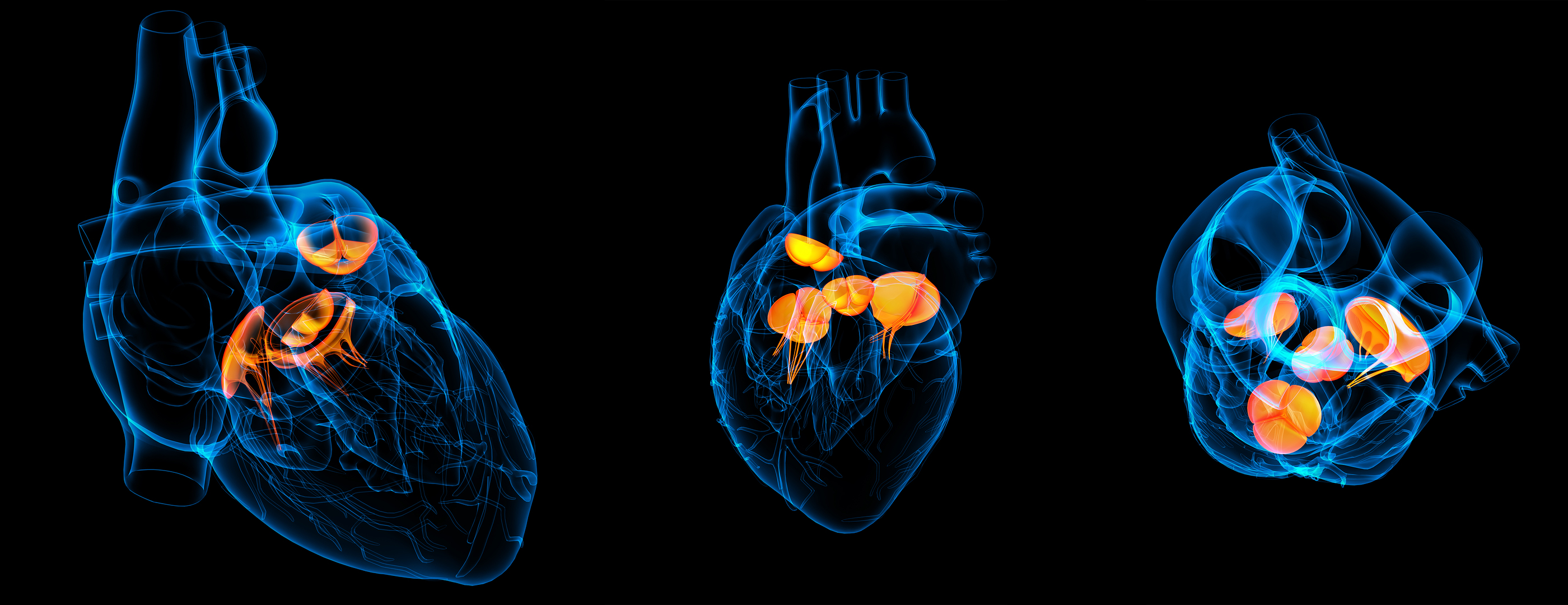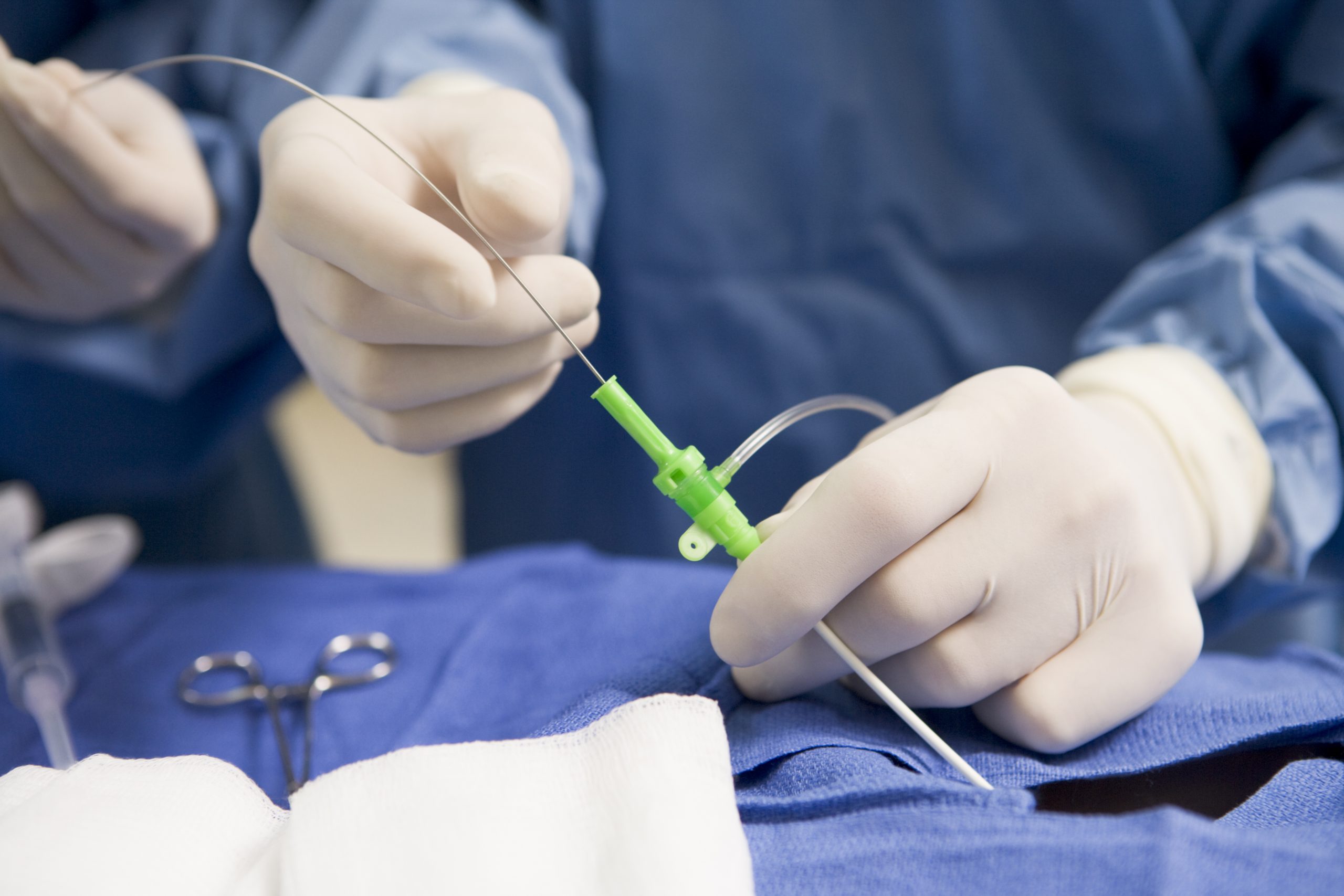Key Points:
- Pulmonary artery denervation (PADN) has never been studied with a randomized trial in the treatment of pulmonary arterial hypertension (PAH). The PADN-CFDA study was a sham-control randomized trial conducted in China evaluating PADN in addition to phosphodiesterase inhibitor (PDE-5i) therapy in patients with PAH compared to PDEi therapy with a sham procedure.
- In the primary analysis, PADN with PDE-5i therapy resulted in substantial increase in 6-minute walk distance (a measure of exercise capacity) at 6 months. PADN also reduced PVR, NT-pro BNP, and mPAP, as well as improved echocardiographic measures of RV function compared to sham treatment.
Pulmonary Arterial Hypertension (WHO Group I PH, or PAH) is a progressive disease with limited medical treatment options. Pulmonary artery denervation therapy (PADN) has been attempted in these patients; however, while observational data indicate that PADN may be associated with improved hemodynamics and exercise capacity, there has yet to be a randomized trial examining the utility of this technique. In a breaking presentation at the 2022 TCT Conference today, Dr. Shao-Liang Chen (Nanjing First Hospital) and his team presented their study: “Safety and Efficacy of Pulmonary Artery Denervation in Patients With Pulmonary Arterial Hypertension,” or the PADN-CFDA study.
The PADN-CFDA study (NCT03282266) was a prospective, multi-center, sham-control randomized trial conducted across 11 sites in China evaluating PADN in WHO Group I PAH patients not taking PAH-specific drugs for at least 30 days. The inclusion criteria comprised adults age 18-70 with PAH, defined by a mPAP ≥ 25 mm Hg on right heart catheterization; relevant exclusions included patients with any additional etiology of PH, depressed cardiac index <1.5 L/min/m2, or creatinine clearance < 30ml/min. 128 patients were randomized; 63 patients were assigned to PADN, and 65 were assigned to the sham procedure. Both groups were also treated with a phosphodiesterase inhibitor (PDE-5i). The mean age was 40, and the majority of patients had idiopathic PAH.
The primary endpoint was the between-group difference in the change in 6-minute walk distance (6MWD) from baseline to 6 months. Patients who underwent PADN had a substantial improvement in 6MWD compared to the sham group with PDE-5i therapy alone (treatment effect 33.8, 95% CI (16.7, 50.9), p <0.001). In secondary analysis, patients who underwent PADN also had a significant reduction in change in NT-pro BNP (-58.5% vs -25.2%, p =0.018) and pulmonary vascular resistance (PVR) (-27% vs -14.8%, p =0.003) at 6 months compared to the sham procedure. On hemodynamic and echocardiographic assessment, patients undergoing PADN experienced significant increases in measures of RV function compared to sham, including improved right atrial pressure and mean PAP on right heart catheterization and improved RV fractional area change, TAPSE, and RV global longitudinal strain on echocardiogram.
When discussing the clinical implications of the study at TCT, Dr. Chen stated: “Treatment with PADN plus a phosphodiesterase inhibitor was safe and resulted in improved exercise capacity at 6 months compared with phosphodiesterase treatment alone….treatment with PADN also reduced pulmonary vascular resistance and pulmonary artery pressure…during 6 months of follow-up.”





